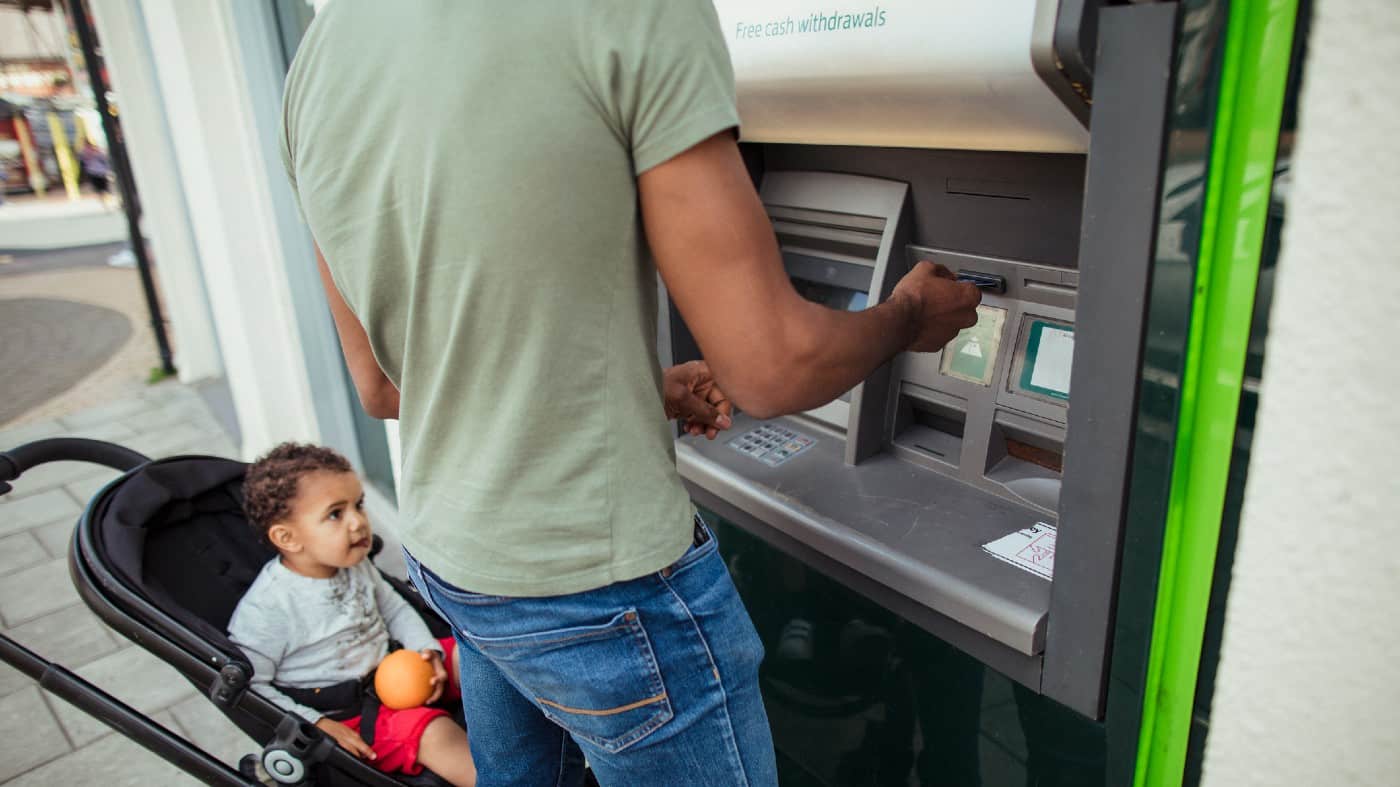High street bank Lloyds (LSE: LLOY) is the biggest mortgage lender in the UK – and massively profitable. It is also a dividend payer, with the yield currently sitting at 5%. If I put £800 into Lloyds shares today and held them for a decade (after all, I am a long-term investor), how much might I hope to earn in dividends?
The answer depends on a key unknown namely, what happens to the Lloyds dividend. We know what it is today, but dividends are never guaranteed.
So here are three different scenarios.
Scenario one: status quo
Imagine that the dividend stays the same as it is now. At the current Lloyds share price, with £800, I should be able to buy 1,454 shares in the black horse bank. With the annual dividend per share presently at 2.76p, that ought to mean I earn £40.13 in dividends each year. Over the coming decade, that would add up to £401.
If I did not take the dividends out as cash but reinvested them in Lloyds shares (known as compounding), then after a decade I ought to have a pile of the shares generating over £67 each year in dividends. This example presumes a constant share price as well as a flat dividend.
Scenario two: growing dividend
But will the dividend stay flat? After all, despite recent steep rises, it is not even yet back to where it stood before the pandemic (something I see as reflecting poorly on Lloyds’ management, rather putting me off the shares).
The bank is enormously cash generative. Even after raising the annual dividend per share by 15% last year, the business had enough spare cash to launch a programme to buy back up to £2bn of Lloyds shares.
If cash generation continues like this, at some point in the coming decade the bank may decide to declare a special dividend as a way to distribute some of its excess funds.
Even if the ordinary dividend keeps growing, say at a more modest though still racy 10% each year, the dividend per share would have more than doubled in the next seven years alone. A decade from now, my £800 investment today could be earning me £108 annually in dividends. If I compounded along the way, the results could be even more impressive.
With a massive customer base, well-known brands, ongoing demand and proven business model, the bank may continue growing its dividend.
Scenario three: dividend cut or cancellation
Then again, it may not. The dividend was suspended during the pandemic by regulatory demand. It was similarly cancelled after the 2008 financial crisis and took years to return (at a far lower level).
Banking is essentially tied to the economic cycle. In a deep recession or housing crash, Lloyds’ huge mortgage book could see some assets turning into liabilities, if the funds it has advanced on houses are no longer covered by those property valuations and owners walk away. The dividend could be cancelled or cut in such a scenario.
I see that as a risk over the coming decade. Added to my concerns about management’s slow restoration of the pre-pandemic payout, I have no plans to buy Lloyds shares for my portfolio.








